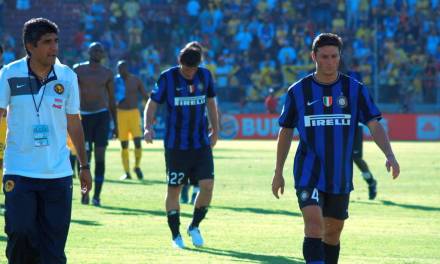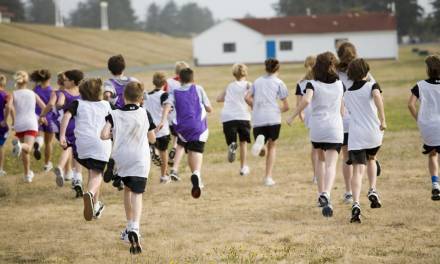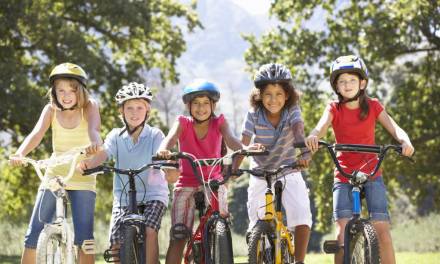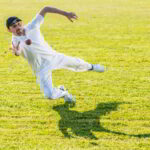At the beginning of this month, I was lucky enough to see the Tour de France go through my home town of Sheffield in Stage 2 of the Grand Départ. Taking my spot amongst the crowds, the atmosphere intensified as we waited to be a part of the magic by seeing the cyclists an arm’s breadth away.
It was my hope that being a part of this event would rekindle Britain’s love of cycling. I imagined that all the children present would rush home and get their bikes out of the shed.
In Schools
In the Taking Part survey (DCMS, 2013), it was identified that 25.7% of 5-10-year-olds participate in cycling or riding a bike, making it the third most popular sport for children of this age to be involved in, under swimming and football. This drops to 9th position for 11-15-year-olds, but still a respectable 21.6% participating.
55% of schools in England were identified as providing cycling as part of their school sport provision: “cycling [is] much more common in primary schools than in secondary schools”.
According to a report on cycling in The Times in May, ‘only 17 per cent said their child cycled to school, citing dangerous roads as their chief concern’. The report, which cited research carried out by Halfords, stated that cycling safety should be taught in the National Curriculum, with 82% of those asked in support of the proposed measure.
Cycling for all
Just as there is a rise in football when the World Cup is on, and men, women and children rush to the tennis courts when Wimbledon is on, I hope that the excitement caused by Tour de France go by can manifest itself in a rekindled love of cycling.
It goes without saying that we should take the opportunity whenever a sporting event is taking place to encourage increased participation in these sports. It is about using these events to create a lasting legacy.










